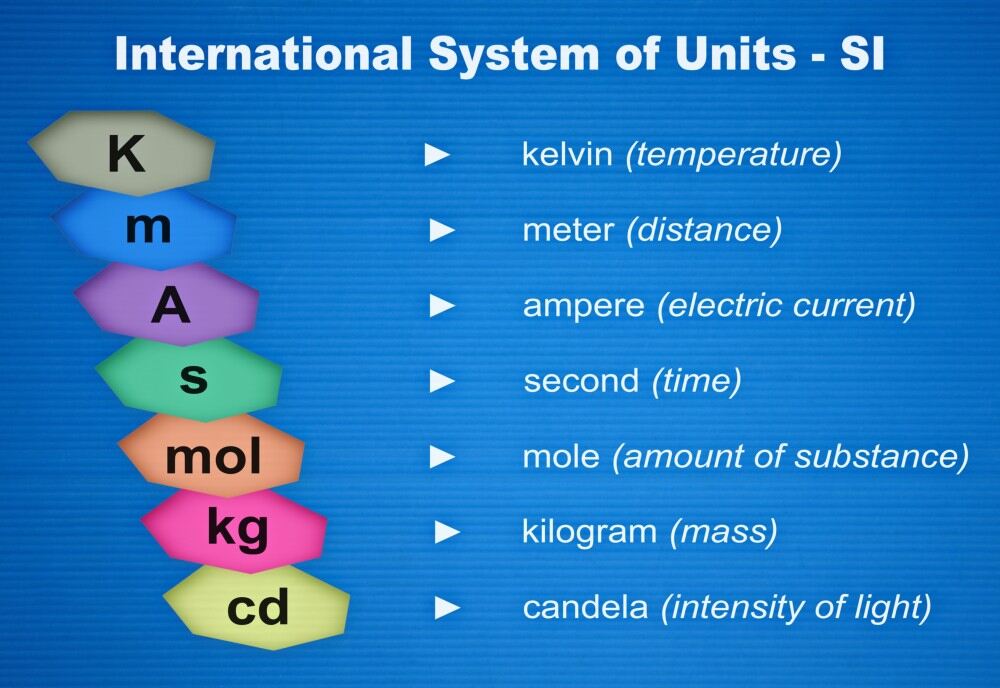A common problem in Anglo Saxon England, as well as much of contemporary Europe, was the way cloth merchants could so easily cheat the common people. At a market, it was all too easy to ask for a yard of cloth, to see it measured against the merchant’s yardstick, and pay for the cloth only to get home to learn just how short the merchant’s stick was. Paying for 10 yards and coming home with only 9 yards was common, it seems; and the problem was not restricted to just cloth, but also to leather and timber.
According to legend, the far-sighted English King Edgar (AD 959–975) solved the problem of how to stop such cheating by standardizing the length. He took 100 foot soldiers and measured the length of the right foot of each, one after the other, as they stood in line along the floor of his threshing hall. This overall length was then subdivided into 100 equal parts to yield the standard length, the foot. The foot is still commonly employed as a unit of length in Britain to this day. Three of these feet made up 1 yard. The king was said to keep in his treasury a rod of gold measuring exactly 1 yard in length. This is one theory of how the phrase ‘yardstick’ originated.
Any merchant accused of cheating was required to bring his yardstick and to compare its length against that of the king. Therefore, a merchant whose stick was shorter was a cheat and paid the consequences. A merchant whose stick was longer was an idiot. While feet and yards are still used in Britain and other countries, SI units are selfconsistent, with all units being defined in terms a basis of seven fundamental units. The SI unit of length l is the metre (m). the usual length is now the metre. At the time of the French Revolution in the 18th century and soon after, the French Academy of Sciences sought to systemize the measurement of all scientific quantities.
This work led eventually to the concept of the Syst`eme Internationale, or SI for short. Within this system, all units and definitions are self-consistent. The SI unit of length is the metre. The original metre rule was kept in the International Bureau of Weights and Measures in Sevres, near Paris, and was a rod of platinum–iridium alloy on which two deep marks were scratched 1 m apart. It was used in exactly the same way as King Edgar’s yardstick 10 centuries earlier. Unfortunately, platinum–iridium alloy was a poor choice, for it ‘Ductile’ means the ability of a metal to be drawn to form a wire, or to be worked. Ductile is the opposite of ‘brittle’. has the unusual property of shrinking (albeit microscopically) with time. This SI metre rule is now about 0.3 per cent too short. King Edgar’s yardstick, being made of gold, would still be the same length today as when it was made, but gold is too ductile, and could have been stretched, bent or re-scored. In 1960, the SI unit of length was redefined. While keeping In vacuo is Latin for ‘in a vacuum’.
Many properties are measured in a vacuum to avoid the complication of interference effects. the metre as the unit of length, it is now defined as 1 650 763.73 wavelengths of the light emitted in vacuo by krypton-86. This is a sensible standard, because it can be reproduced in any laboratory in the world.


